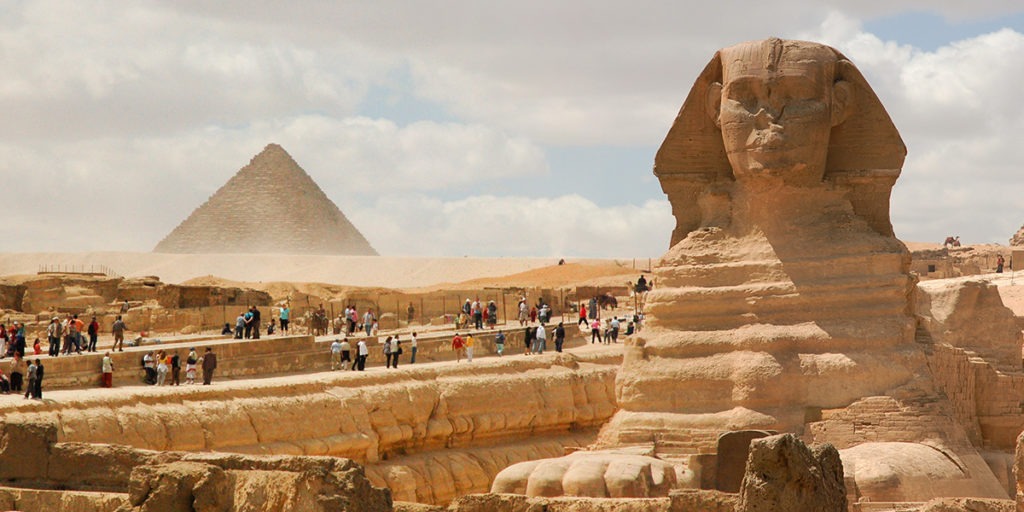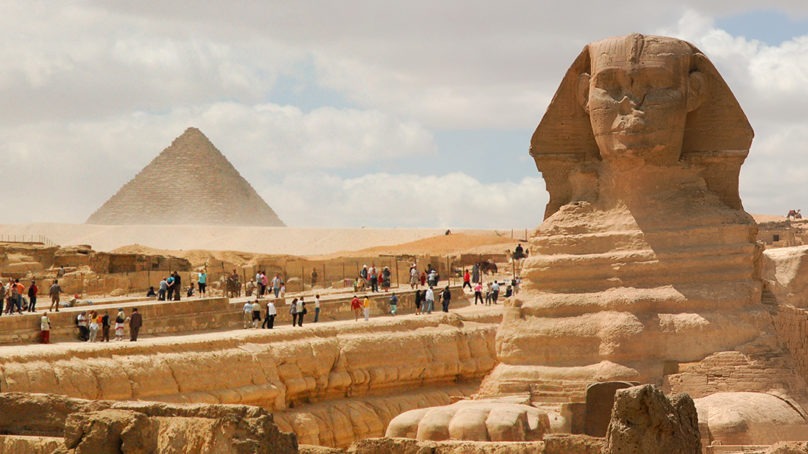 Hotels in the Middle East reported a slight negative 2018 performance results, while hotels in Africa posted total-year growth, according to data from STR. In total, occupancy reached 65 percent of hotels in ME, whereas the average daily rate (ADR) reached USD 155, down by five percent.
Hotels in the Middle East reported a slight negative 2018 performance results, while hotels in Africa posted total-year growth, according to data from STR. In total, occupancy reached 65 percent of hotels in ME, whereas the average daily rate (ADR) reached USD 155, down by five percent.
However, occupancy reached 61 percent in Africa, growing by almost five percent year-on-year. The ADR reached USD 118.
Among subcontinents in the region, Northern Africa posted the largest 2018 increases in each of the three key performance metrics: occupancy (+12 percent to 61 percent), ADR (+14 percent to USD 97) and RevPAR (+27 percent to USD 59). Within Northern Africa, Egypt, Morocco and Tunisia each recorded double-digit RevPAR growth for the year.
In Egypt, and according to STR analysts, the submarket’s 10.5 percent rise in demand (room nights sold) was mostly a result of tourism recovery, improved security protocols, resumed flights with Russia, and marketing campaigns. ADR growth was helped by the combination of increased guest demand and competitive pricing due to the devaluation of the Egyptian Pound. Overall, the absolute occupancy level was the highest for Cairo & Giza since 2008, while the ADR value was the highest STR has ever benchmarked for the submarket.
STR analysts cite Qatar’s tourism recovery which was helped by a shift to alternative source markets and fast-tracked reforms stemming from Qatar’s National Tourism Sector Strategy 2030 as reasons behind a 14 percent jump in demand. The 61 percent absolute occupancy level was still low compared to recent years, but year-on-year growth was pronounced because 2017 was such a low demand year affected by the blockade imposed on the country. ADR, on the other hand, continued to decline in 2018 as hoteliers looked to maintain market share with an influx of new supply entering the country.















